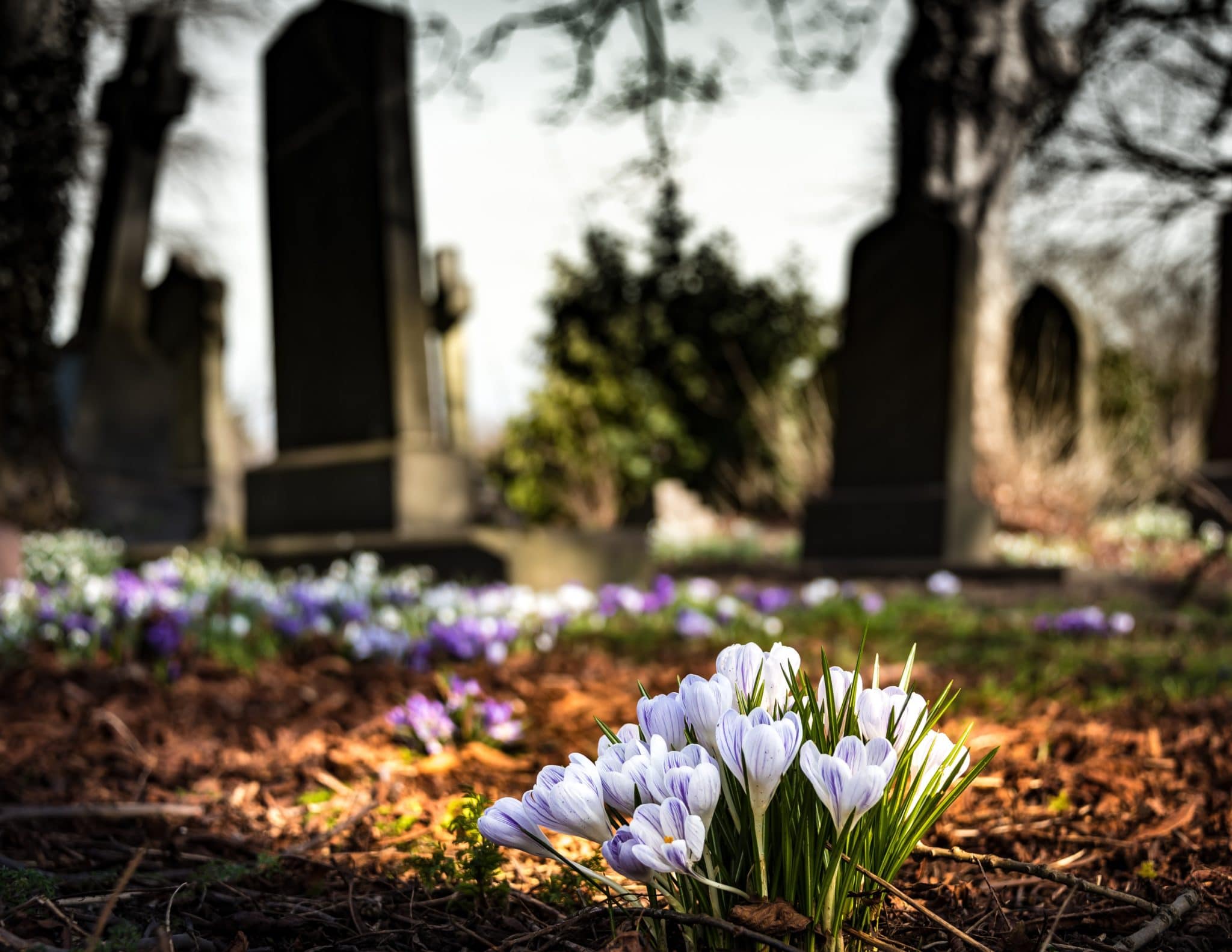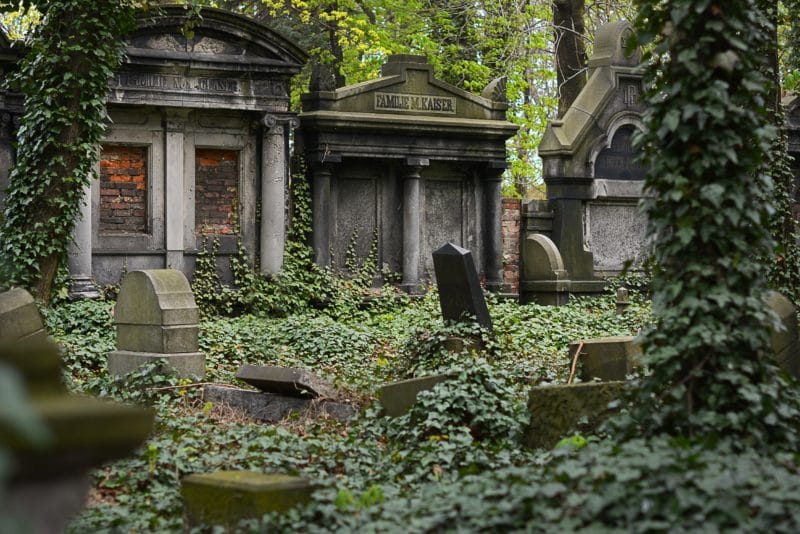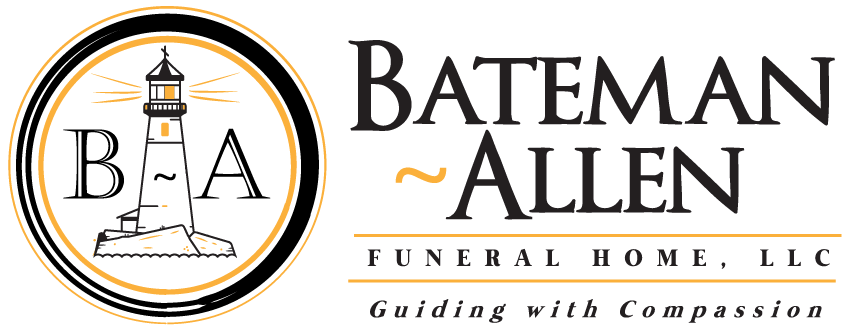
When it comes to choosing a headstone for yourself or your loved one, there are a number of things to consider, from cemetery plots to headstone material to cost. Funeral-planning can be stressful, especially if your loved one passed unexpectedly, but we are here to give you all the information you need to know about choosing the perfect headstone that will serve as a memorial and marker for years to come.
Cemetery Plots
First things first, you’ll need to choose a cemetery plot. There are four types of plots in a cemetery:
Single Plot
A single plot is the most common type of plot that people choose for in-ground burials, and it contains one casket with one set of remains.
Companion Plot
People usually pre-pay for companion plots as they are two plots side-by-side often reserved by married couples. However, companion plots can also be double-depth, which means that the cemetery will use a single plot to bury two caskets on top of each other. A double-depth companion plot is a cheaper option than a side-by-side companion plot.
Family Plot
Depending on the cemetery you choose, you might be able to purchase a family plot, which is a small area where several members of a family can be buried. Generally, a single upright headstone with the family’s surname marks the plot while smaller markers indicate individual gravesites.
Cremated Remains Plot
If you or your loved one chooses to be cremated, you can still bury cremated remains in a cemetery. Since ashes don’t take up a whole lot of space, you could purchase a single plot and bury multiple urns there. This is a great option, especially if your family has already purchased a family plot, to keep remains close together.
However, there are cemeteries that have urn gardens where you can also bury cremated remains for a fraction of the cost. Urn gardens are usually beautifully landscaped areas of a cemetery where you can go to visit your loved ones who are buried there.

Choosing a Headstone
Most people envision a single, upright headstone when they think of gravemarkers. However, there are many different types of headstones and monuments for you to choose from.
Upright Headstone
This gravemarker is the most common type of headstone and what most people envision when they think about a cemetery. An upright headstone is a simple piece of stone that can be personalized and placed at the head of the gravesite. When choosing an upright headstone, you are able to personalize its size, shape, type of stone, engravings, and more. Ultimately, the stone will usually include the following information:
- The name of the deceased
- An epitaph
- The birth and death dates of the deceased
- And any other phrases, such as bible verses, proverbs, quotes, etc.
Flat Gravemarker
Flat grave markers include the same information as an upright headstone, but they are flat on the ground, instead. These headstones are often the most cost-effective option for marking a gravesite.
Monument
From mausoleums to obelisk monuments, there are several options for large gravesite markers. These are the most expensive options for headstones and are not allowed in all cemeteries, so if this is an option you’re interested in, be sure to check cemetery rules and guidelines before purchasing.
When choosing a cemetery, you are legally allowed to request a written copy of any cemetery’s rules and regulations for burials, plots, and headstones. These guidelines detail which headstone materials you can use, the maximum size of the headstone you are allowed to place, what types of engravings are allowed/required, if photographs are allowed on headstones, setting fees, and paperwork requirements.
While the above are common choices for gravemarkers, there are many other options out there, so be sure to do the research to find an option that suits you and/or your loved one.
Headstone Prices
Many people don’t consider headstone costs when putting together a budget for their or their loved one’s funeral. As with any other funeral expense, the cost of a headstone greatly varies depending on the level of personalization, the size, and the materials used.
On average an upright headstone costs anywhere from $1,000 to $3,000 but can go as high as $20,000 or more depending on customizations. If you’re looking to save money, your best bet is to choose a flat grave marker. You still have the option of personalizing the marker to your liking but because flat markers don’t require as many materials, they generally cost between $250 and $600. However, if you choose a rare or expensive material, such as bronze or granite, you might be looking at a more expensive price between $800 and $5,000. Some flat gravemarkers can even reach up to $10,000. Again, you can certainly cut costs by keeping things simple.
You can also save money by purchasing a burial plot in advance since you’ll pay the price for the plot at the time of purchase and not at the time of death. Pre-paying for a plot not only saves on costs but also eases the stress on your loved ones after you have passed.
This process is relatively easy. First, you’ll choose your burial plot type from the options listed above, and then you’ll select a cemetery that offers the options you’ve chosen. Pre-purchasing a burial plot also allows you to pre-plan the burial service, including what type of headstone you’d like, flower arrangements for the burial service, vault liners, and more.
Generally, the amount you pay for a burial plot only covers the plot where the deceased will be buried, but some cemeteries include grave maintenance in their plot costs, which means the gravesite will be maintained regularly after you our your loved one is buried.
When you purchase a plot, remember that you’ll also have to buy a casket and pay for the opening and closing of the grave. A funeral director and cemetery employees will be able to help you understand these costs so that you’re not blindsided by anything.
Once you’ve purchased a burial plot, you can transfer it any time. Some people do this to be closer to relatives who have passed on before them.

Epitaphs
After you’ve chosen the type, size, and customization of your or your loved one’s headstone, it’s time to think about the epitaph you want to be engraved.
What is an epitaph? It’s an inscription engraved on the gravestone that serves as a tribute to the deceased. Epitaphs can range from a few simple words to a quote, poem, or verse but are meant to celebrate the deceased and their life.
Here are a few common epitaph examples:
- Rest in Peace
- Beloved Grandparent, Spouse, or Friend
- In Loving Memory
- Gone But Never Forgotten
As with every other element of a headstone, you can personalize the epitaph as much as you want. Maybe you have a family member or friend write an epitaph or pull a quote from your or your loved one’s favorite book. No matter what you choose, remember that a headstone is a celebration and memorial that people can visit for years to come.



Recent Comments